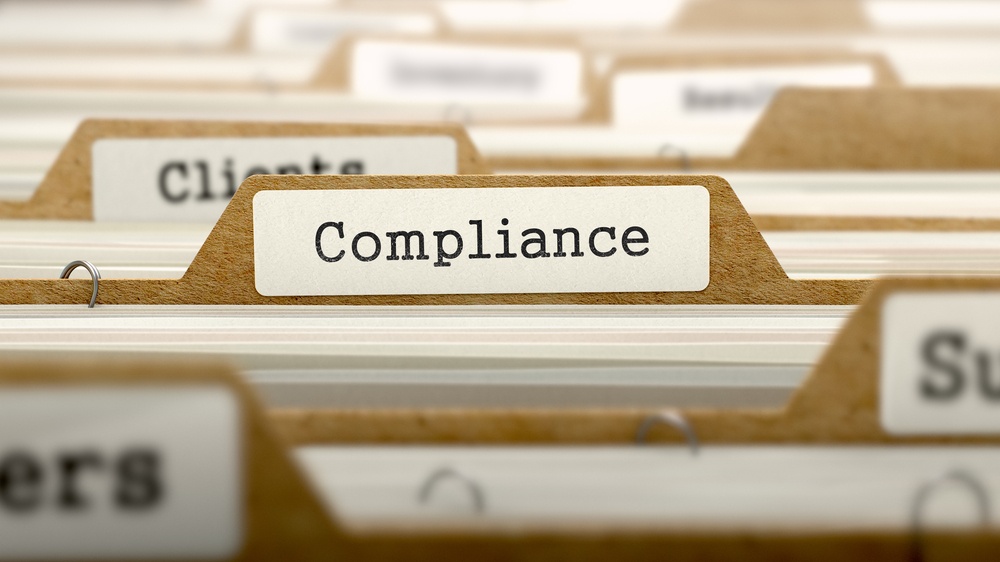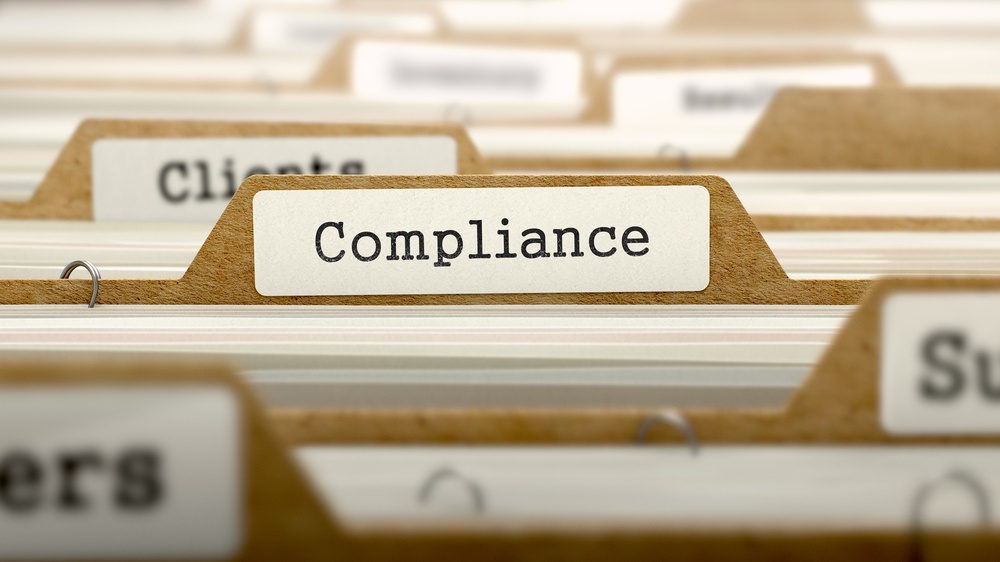
It’s all very well employing the services of experts in the field of water treatment to provide overriding observations and analysis of your water storage system, however the principles and practices of keeping routine tabs on your premises’ assemblages should always be prioritised as an in-house responsibility, in targeted collaboration with any out-sourced assistance sought.
And of course, one of the main concerns regarding water storage systems you must always be mindful of is the outside risk of legionella bacteria coming to bear within the constructs of the assemblage. This often unseen threat should always remain a primary consideration to those tasked with overseeing a company, organisation or public service-provider’s premises.
While there are certain, overarching factors which predominantly only a third-party is charged with monitoring, analysing and reporting on a monthly or annual basis, there’s a raft of other, equally crucial chores where the buck tends to stop with those employed individuals whose remit it is to be the on-going guardian of an internal water storage system.
Time-focused Flushing of Underused Outlets, Showerhead Cleaning/Disinfection and Temperature Monitoring Hold Key to Success of Anti-Legionella Offensive
We’re talking about the likes of the weekly flushing of infrequently used outlets located throughout a building, amongst other responsibilities, an occurrence which should always be increased to twice weekly for healthcare environments. Meanwhile there’s the equally important job of checking sentinel temperatures at key junctures in the system, via the facilitation of a temperature kit.
In just these two prime examples alone, you can begin to build a picture of how those employees at the pit face, so to speak, can act as the eyes and ears (and ostensibly, the first line of defence) in the constant battle against any advancing legionella bacteria. Beneath we look at another example of where an in-house approach to legionella control can keep you one step ahead of any lurking menace, while finding out a bit more about how to go about actioning the abovementioned priorities.
Aside from weekly flushing and routine temperature compliance, there’s the critical job of showerhead cleaning and disinfection, which in terms of timely cycle should be carried out and repeated on a quarterly basis. Nutrients (such as slime and scale), when afforded the opportunity to prosper where conditions are favourable provide sustenance to legionella bacteria, and when it interacts with the passing of water over its presence, can hitch a ride in the subsequent aerosols emitted from unsuspecting outlets; such as taps and in this instance, showerheads. Once this vapour is released, there’s every chance that an individual exposed to this can absorb the waterborne bacteria in their lungs. Which in turn can lead to the onset of the potentially fatal, Legionnaires’ disease.
What YOU Need to Be Aware of to Ensure In-house Monitoring is Effective Deterrent against Threat of Legionella
So with this thought very much at the forefront of the mind, we’ll rewind slightly to address the topics of weekly flushing and monthly temperature monitoring. With direct reference to the former, it’s plausible that water could remain dormant in pipes for a duration of time which could witness fluctuations in temperatures. Which subsequently could provide hospitable surrounds for sludge, slime and other forms of bacterial cultures to take root. However, by introducing water flow - via a weekly flushing out of the system - would deter any unwanted sediments looking to lay their foundations, whilst simultaneously maintaining safe temperatures and physically ‘flushing out’ any residual organic matter.
With regards to the latter, and as is common knowledge, temperature swings are pivotal when it comes to legionella both forming, and multiplying, in standing water; with anywhere between 20 and 45° C being historically identified as the danger zone. In greater detail, it’s imperative that hot water is kept above 50° C, while conversely cold water reservoirs shouldn’t exceed 20° C.
Which is where dedicated in-house efforts come to the fore, as surveillance of temperatures at key locations in a water storage system can alert you to any imminent fears. Should anything untoward be observed at these regular intervals, then a specialist water treatment company (the recognised third party in these matters) can be quickly notified of any changes and assess and undertake adjustments to an existing assemblage (including hot water cylinders and sentinel outlets) in situ.
What About the Temperature Kit Mentioned Earlier? What Form Does This Take?
Essentially we’re referring to industry-standard thermometers which record the water temperature when and where tested. Designed explicitly for accuracy, reliability and user-friendliness, there are 3 pre-eminent types of temperature kit routinely used to keep tabs on one of the most critical aspects of in-house monitoring, and they are namely, as follows;
Stem Thermometer
Perhaps the most widely circulated of water temperature-testing kits, there’s no denying that the stem variation on a theme is both compact (it weighs in the region of just 25g) and simple to use. Typically measuring °C and °F ranges of -40 to 200°C (-40 to 392°F), this piece of kit has a data hold function and digital display with 0.1° resolution.
Dual K Type Thermometer
Again, a simplistic yet rugged design, the Dual K also boasts a sizeable and easily-read LCD display, while as above, measures water temperatures in the all-important °C and °F ranges. Its data hold setting also freezes readings on the display, and automatically logs max and min readings for recall later. Weight-wise, this tips the scales at 200g.
Infrared Thermometer
With an aim-improving built-in laser pointer, programmable high/low alarms and memory stores which can record up to 20 readings, the infrared option is the real deal. Incorporating smart infrared tech, this thermometer can be used in conjunction with contact and non-contact temperature readings, while also traditionally comes with automatic emissivity adjustment.







